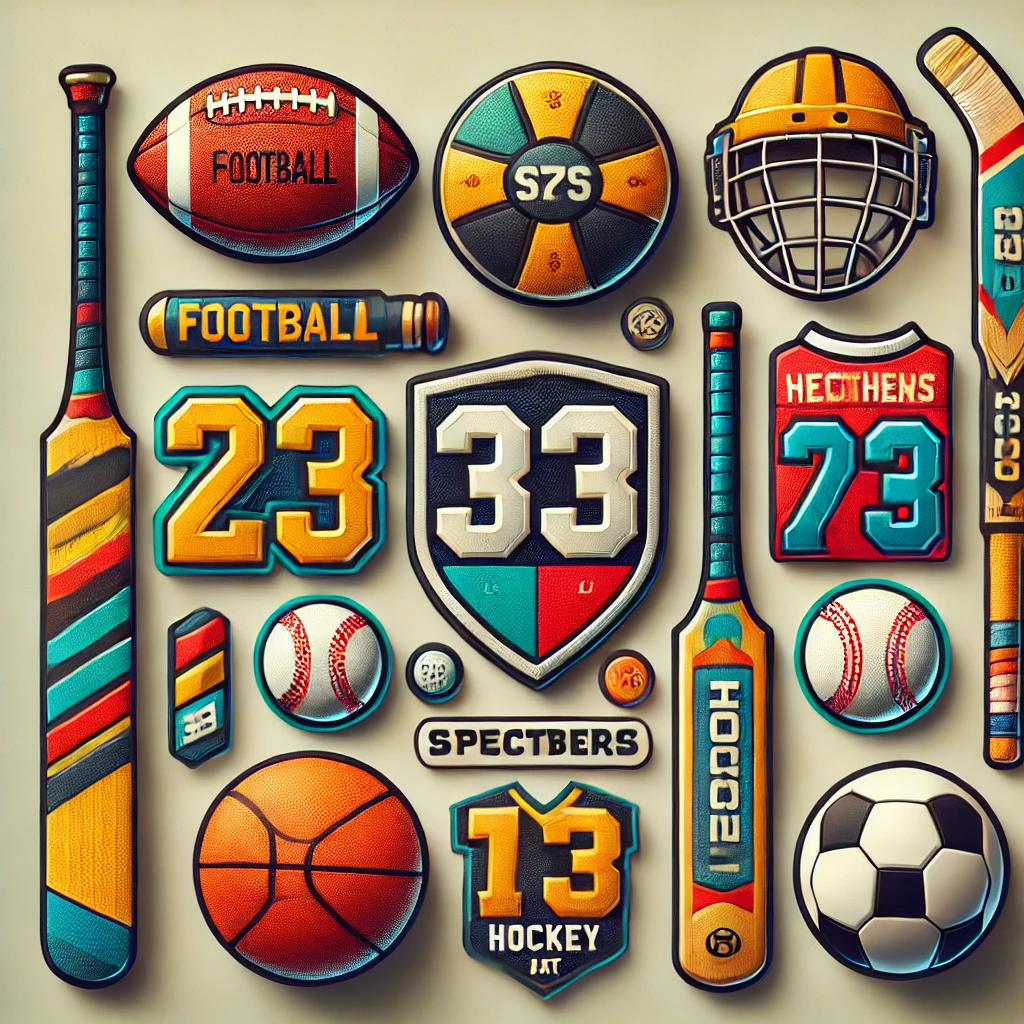The name Velcro comes from two French words put together, “Velour” (velvet) and “Crochet” (hook). In 1941 Swiss electrical engineer George de Mestral went hiking in the woods with his dog. It was all very pleasant until George noticed prickly Burr sticking on his dog and his clothes. Upon arriving back at his home he took note of the burrs that clung to his clothes and he put it under a microscope and discovers that the burr is covered with tiny hooks which allow it to cling on to clothes and fur. He wondered if such an idea could be useful in commercial application.
After more than eight years of research and mechanizing of the process, George de Mestral created what is now known as the brand Velcro® which is made up of two strips of nylon, one covered in thousands of tiny hooks and the other with thousands of tiny loops. The materials grip together firmly whilst still allowing easy release. He submitted his idea for a patent in Switzerland in 1951 and got the approval in 1955.
George Mestral’s invention became the source of much ridicule early in its invention. On the other hand many sources attribute the creation of Velcro to NASA, even though this claim is completely false. While NASA wasn’t responsible for its creation the space agency’s use of the product in the 1960’s did highlight Velcro’s utility and strength. It helped astronauts to get in and out of their bulky space suits with ease. It is also used to hold on to objects from floating away in zero gravity. Astronauts also used Velcro during meal times to attach their trays to their knees.
In the 1980’s David Letterman jumped into a wall wearing a hook and loop suit which further made the Velcro brand popular. He proved that with enough material a man can be clung to a wall.
It’s adaptability was very slow, almost non existent in the textile industry because of it’s appearance. Although there was enormous utility to be found in the invention, ways to make it fashion friendly were still being researched upon.
Velcro® is a brand name but the name is often mistakenly used for any hook-and-loop product, therefore it has now become a generic. Today it is used in many things like luggage and medicine.
De Mestral then unsuccessfully tried to update his patent but it expired in 1978. The idea was then adapted by companies like 3M with slight additions and variations.
Some popular uses of Velcro are:
- Shoes (for children)
- Bags
- Watches
- Patches
- Velcro Walls and Notice Boards
- Wristbands
- Sports gloves (boxing, baseball, cricket, football)
- Velcro throw and catch ball
- Wallets
- Scuba Gear
- Skiing gear
- Velcro Cord Wrapper
- Medical Equipment like Blood Pressure Monitors
- Velcro Hair Rollers
At Ultra Patches we make custom velcro patches so that you can easily attach them to your clothing, bags or however you want to use them. Velcro patches are a convenient way to display patches on uniforms, collection boards, and bags. Velcro patches are very popular with Military and law enforcement. Whenever you hear that rip do think about George and his dog and thank them for this invention.


